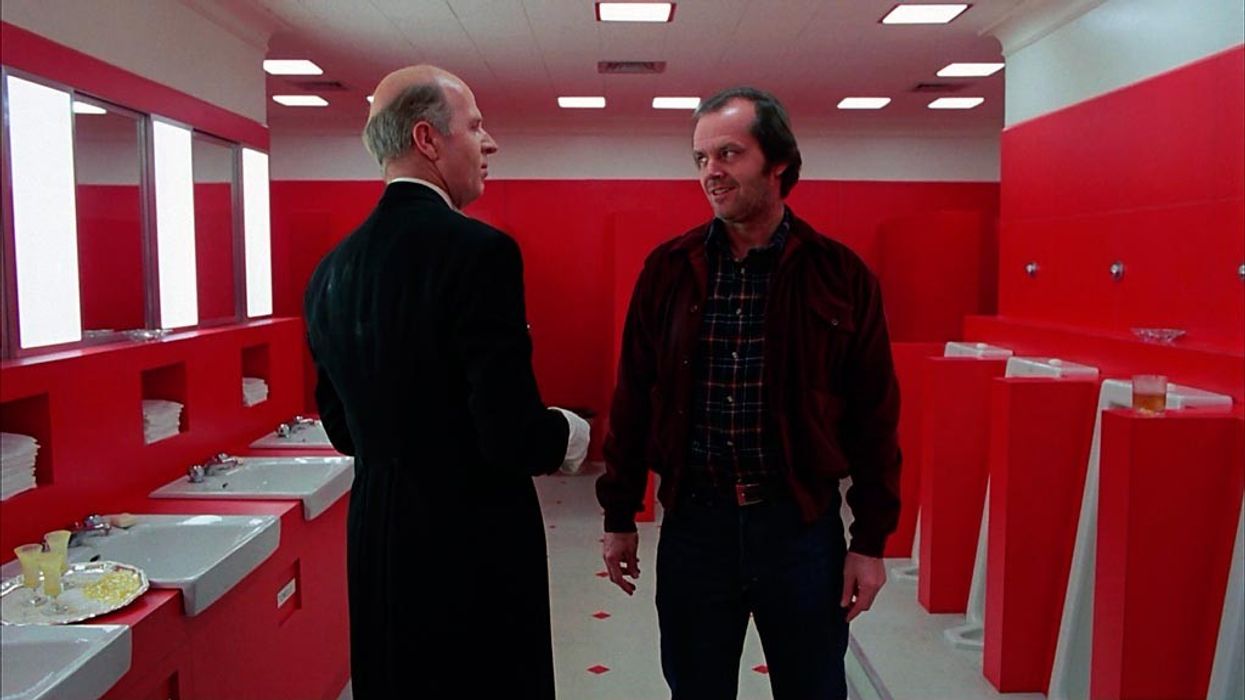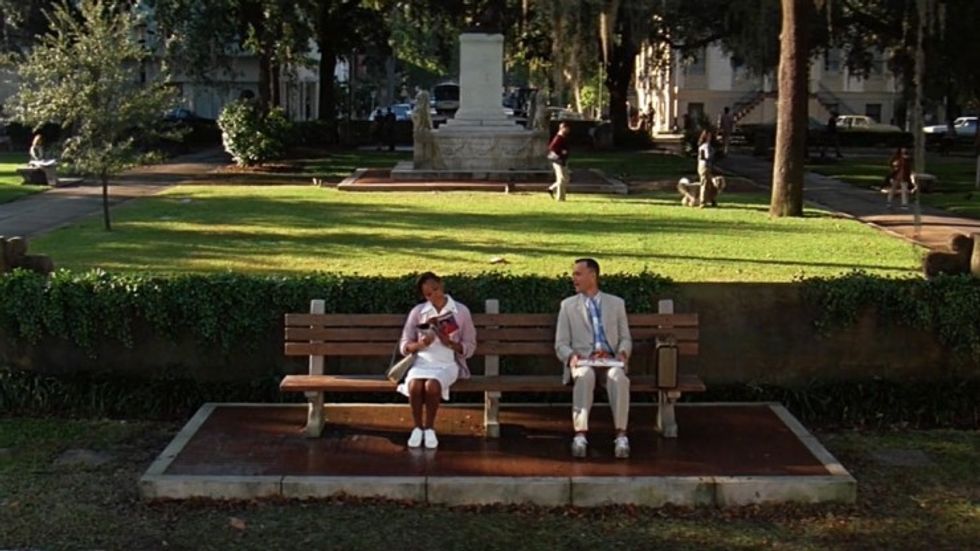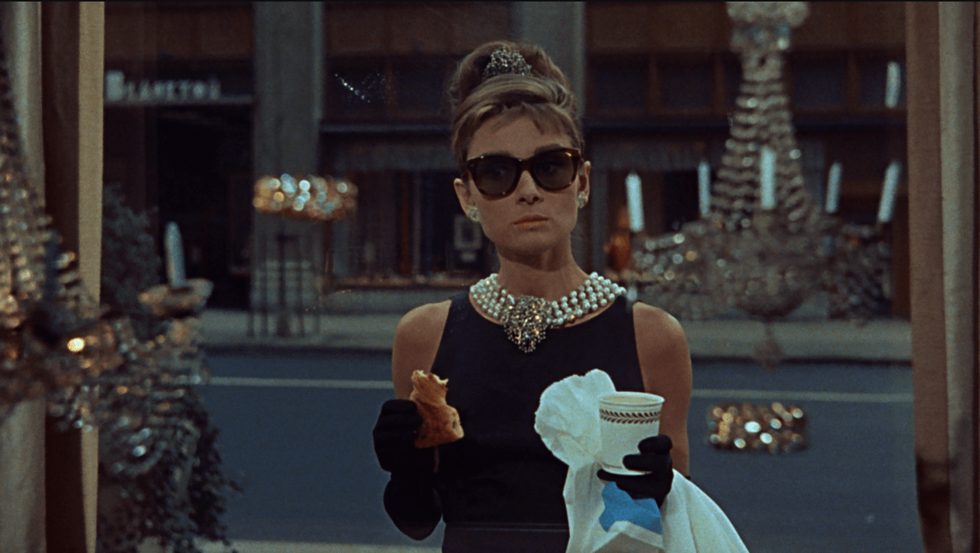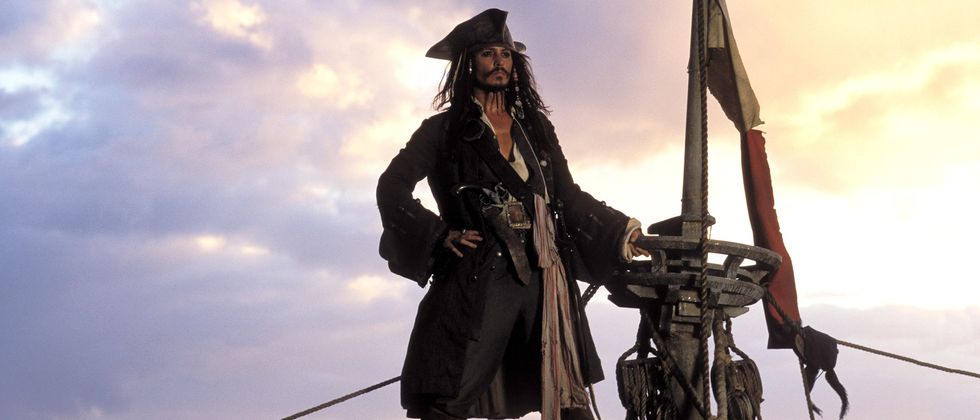Let Kubrick and Aronofsky Tell You When (and How) to Break the 180° Rule
Everyone is always talking about the importance of the 180-Degree Rule, but this video shows that it's also important to know when to break it.

The rules of film grammar exist to orient the viewer in space and establish relationships between objects. In essence, they allow a filmmaker to visually "tell" a story. Perhaps one of the most vaunted of these rules is the 180-Degree Rule.
A new video from Fandor shows how many master filmmakers break this rule's tenets, the reasons why, and what effects they achieve. Because before you break the rules, you should at least know the rules you're breaking.
The 180-Degree Rule exists to preserve screen direction. It's an invisible line drawn down the center of a scene between two actors; a semi-circle extends half of a circle's radius (or 180 degrees) around them. The rule preserves eyeline in a dialogue sequence, and, crucially, maintains screen direction (so that one character is always moving left and the other, right).
What happens, though, when a director intentionally breaks this rule?
The Shining: Jack and Grady
Stanley Kubrick's The Shining is a horror film that keeps the lights on; its disturbing qualities don't come from horror tropes, but from the subtle disorientation of identity and reality that happen to both the characters and the audience.
In this scene, Jack and Grady, the "caretaker" of the Overlook Hotel, meet for the first time in the bathroom of Gold Room during a possibly hallucinated dress ball. Jack's character, who is beginning to become more and more possessed by the hotel, learns for the first time of the hotel's nefarious plans for him. Grady tells Jack, "You are the caretaker," and the cut reinforces this shift in identity. As noted in the video, "Kubrick breaks the rule to create a jarring cut that reinforces the uneasiness of the scene."
All of this goes to show that breaking the 180-Degree Rule, will, for better or worse, make people feel that something's not quite right.
Requiem for a Dream: Ghosts
In Darren Aronofsky's Requiem for a Dream, reality is also tenuous—though in this case, the cause is less supernatural than chemical. In the above scene, Harry, a heroin addict who is constantly pawning his mother's TV for drug money, comes to visit her. While he's temporarily flush with drug money, Sara is falling into the grips of her own addiction. He tries to present her with the gift of a new TV.
Here, the line is broken not by a cut, but by camera movement. A theme of the film is the characters being haunted by the past; here, Sara directly addresses her dead husband, Harry's father. As she does so, the camera moves around Harry as he comes to the slow realization that his mother is starting to become a diet pill addict (and, hence, hallucinate). Here, the line is broken in order to establish a new dynamic between the two. Notice how the shadow falls on her face as they argue, and how the line is recrossed here when Sara gets up and moves across the frame in a cut-away from the conversation, avoiding a jarring cut across the line.
Aronofsky, in a film justly famous for its bravura editing and sequences, affects a very subtle cinematic move that's barely noticeable but carries significant emotional weight. It's a perfect example of how—and why—to cross the line, as it were.
The video essay shows clips from some other great films, as well. It's a great way to learn about not just applying a rule, but deploying it, too, so that, like conventional grammar, you use it to write a sentence and not the other way around.
Source: Fandor














